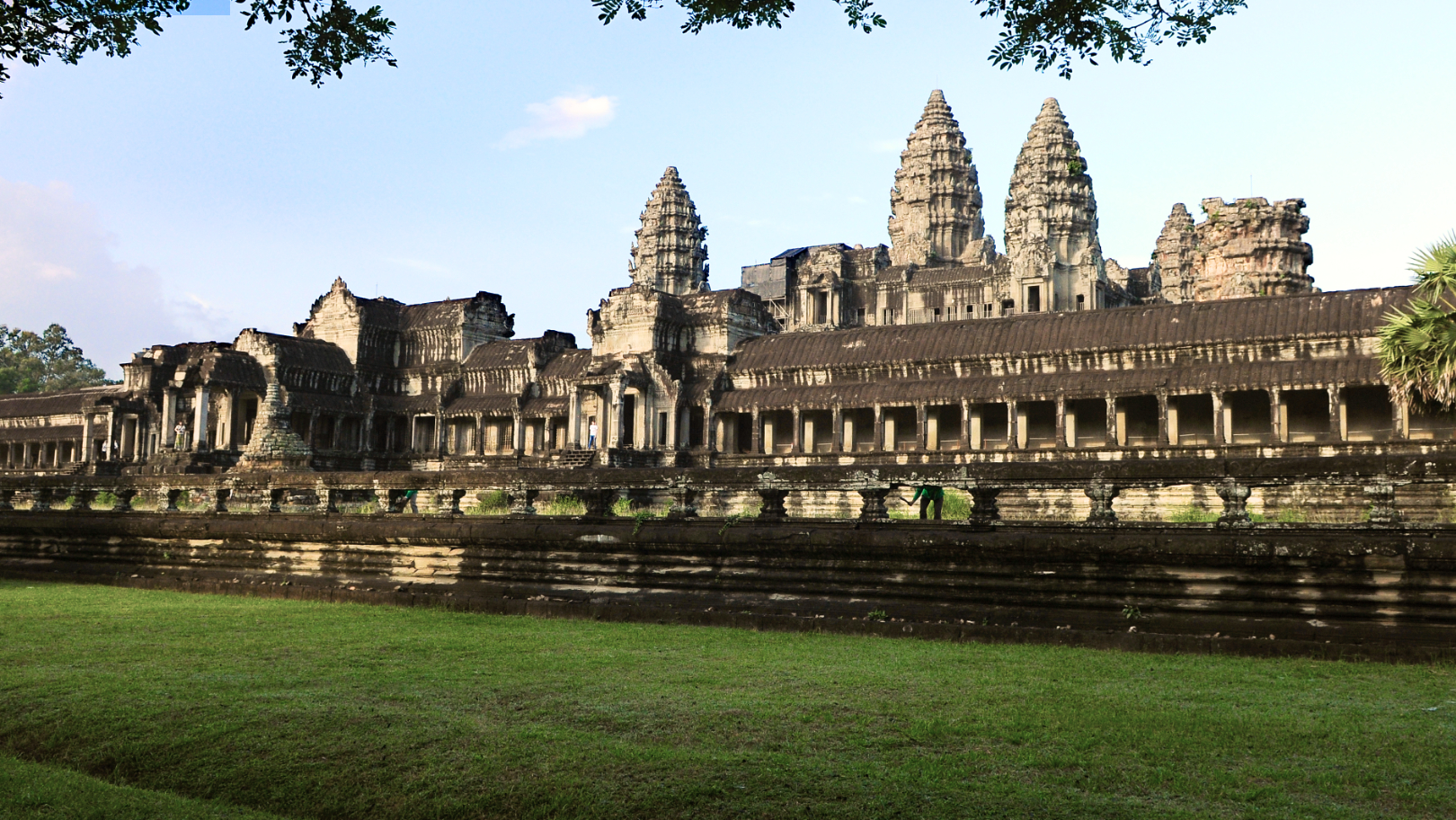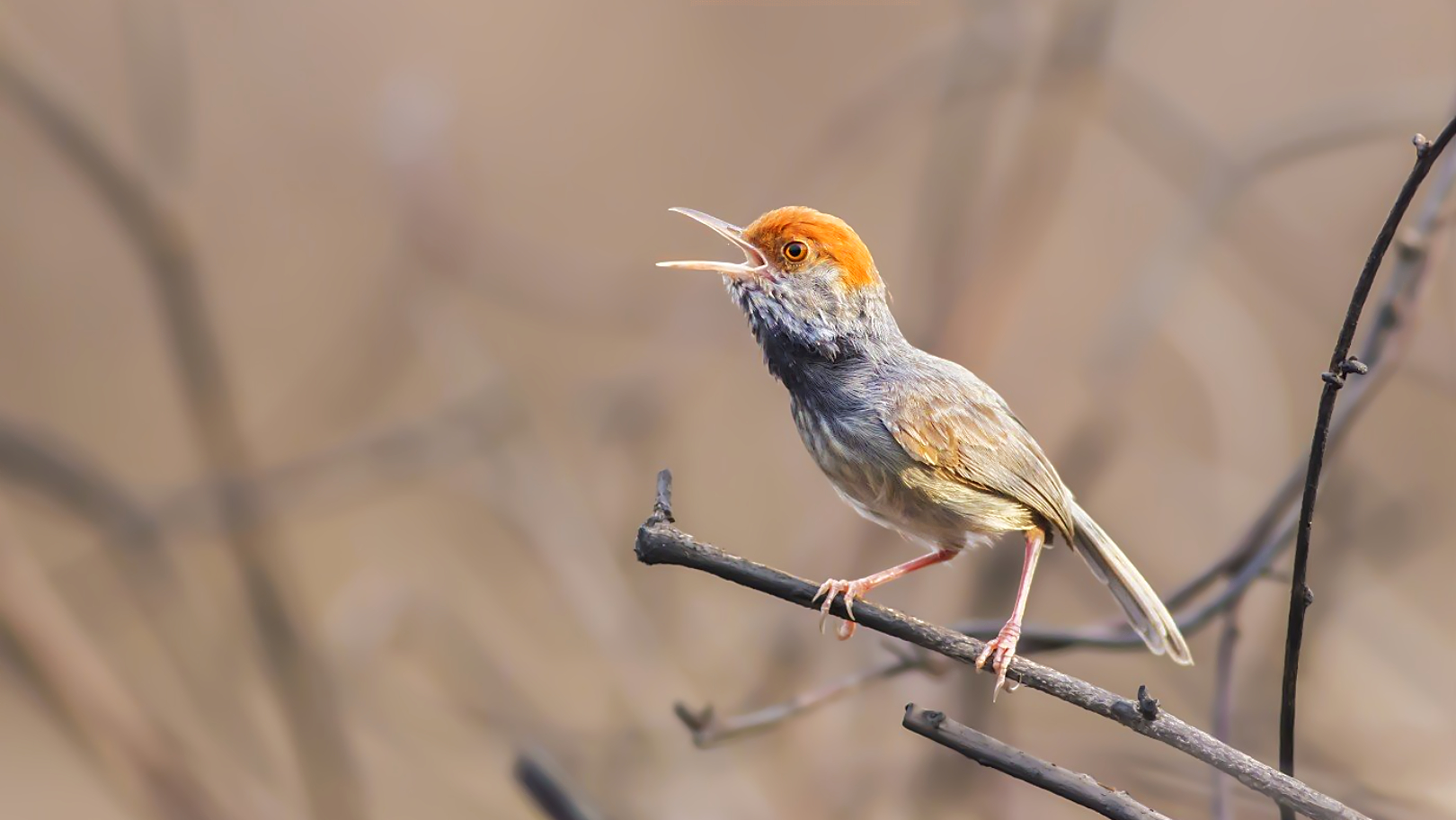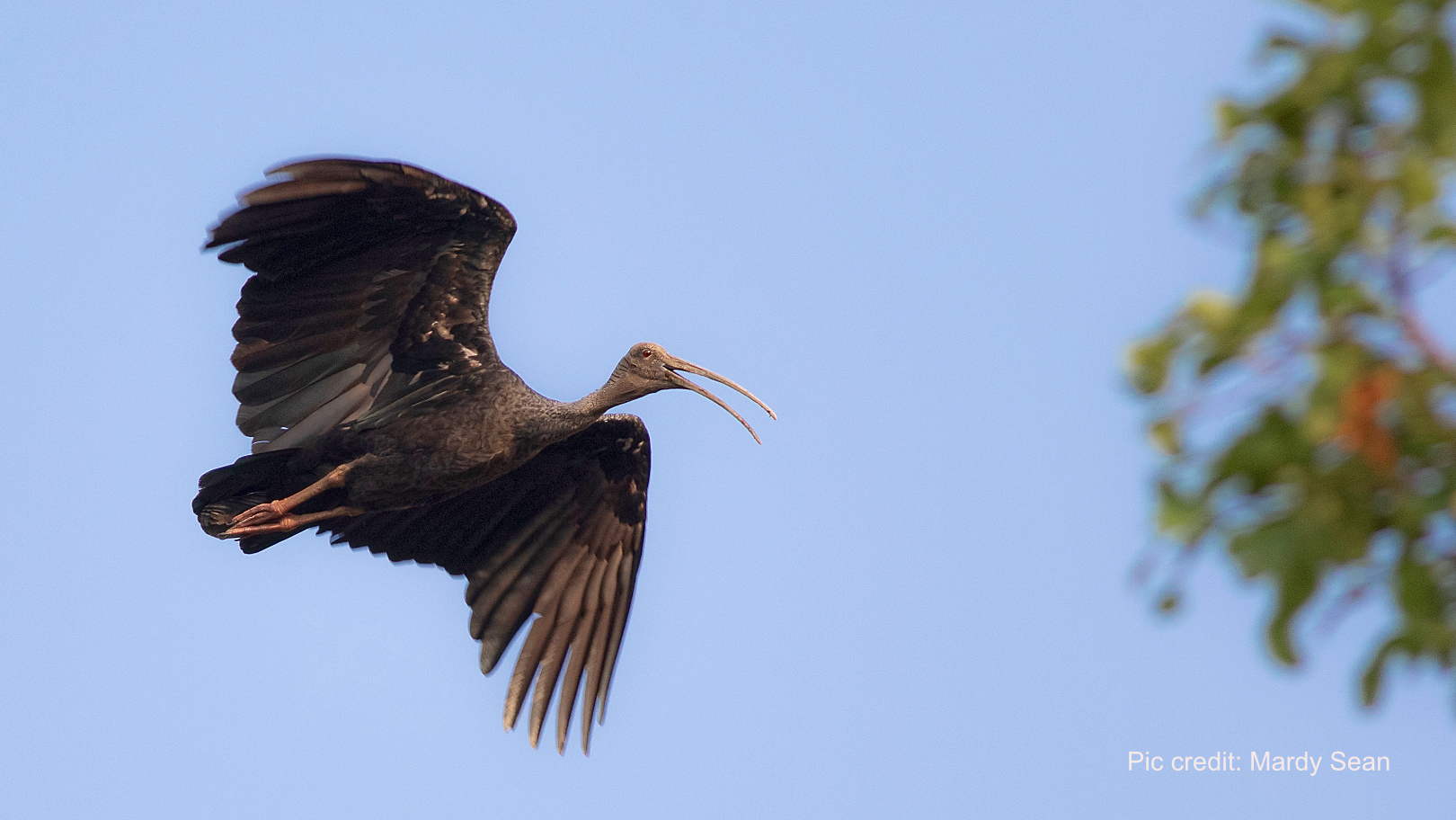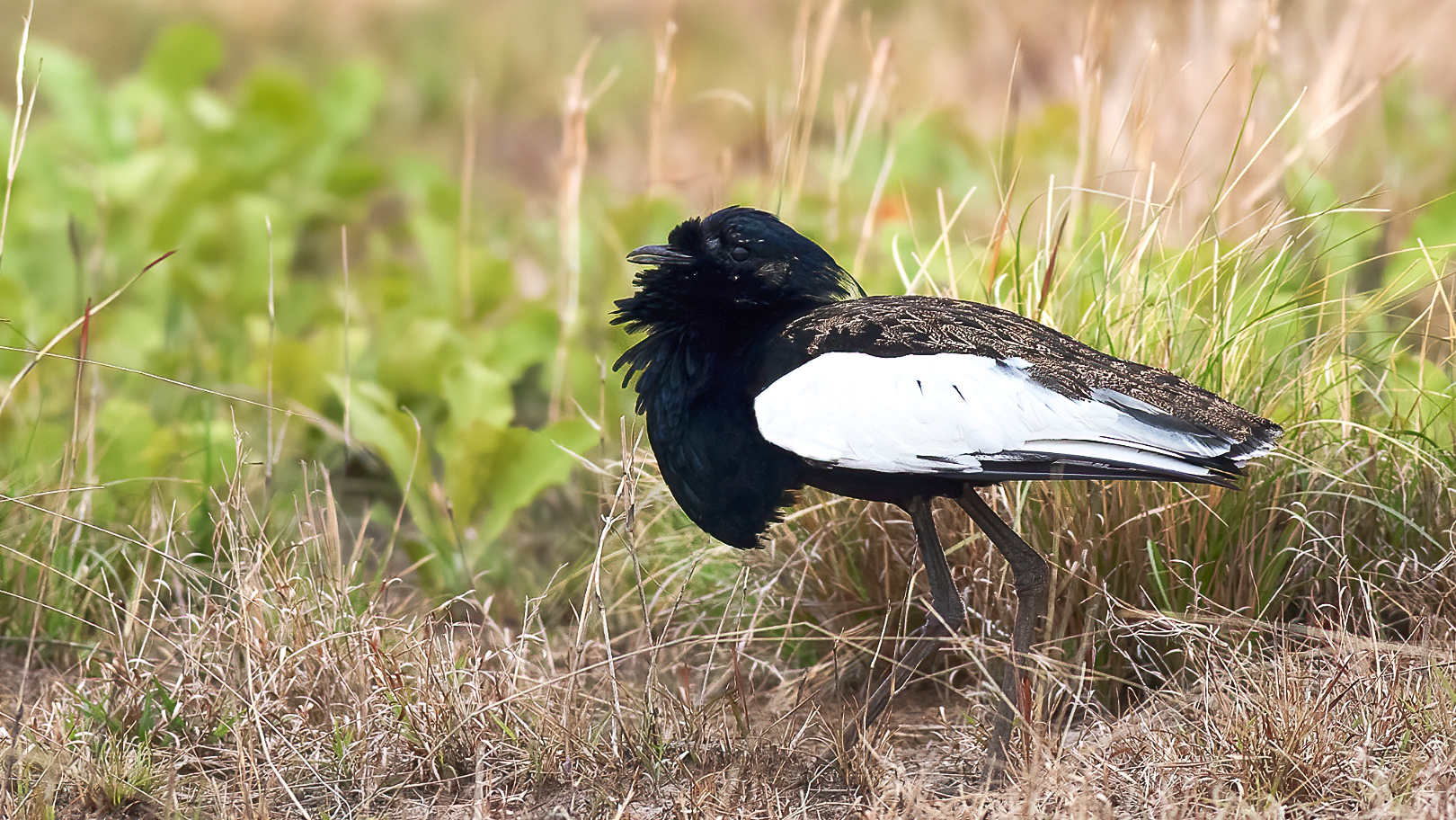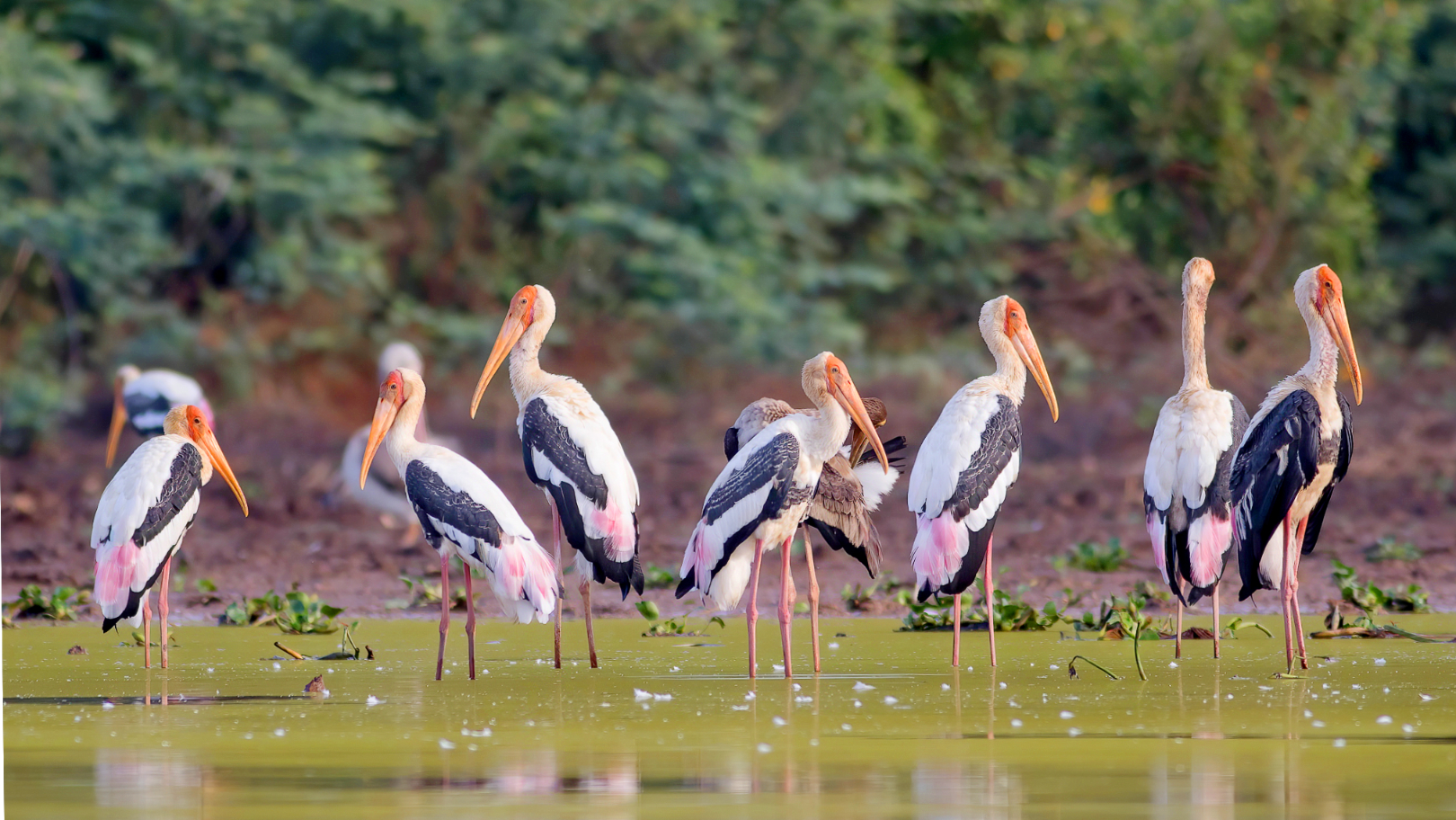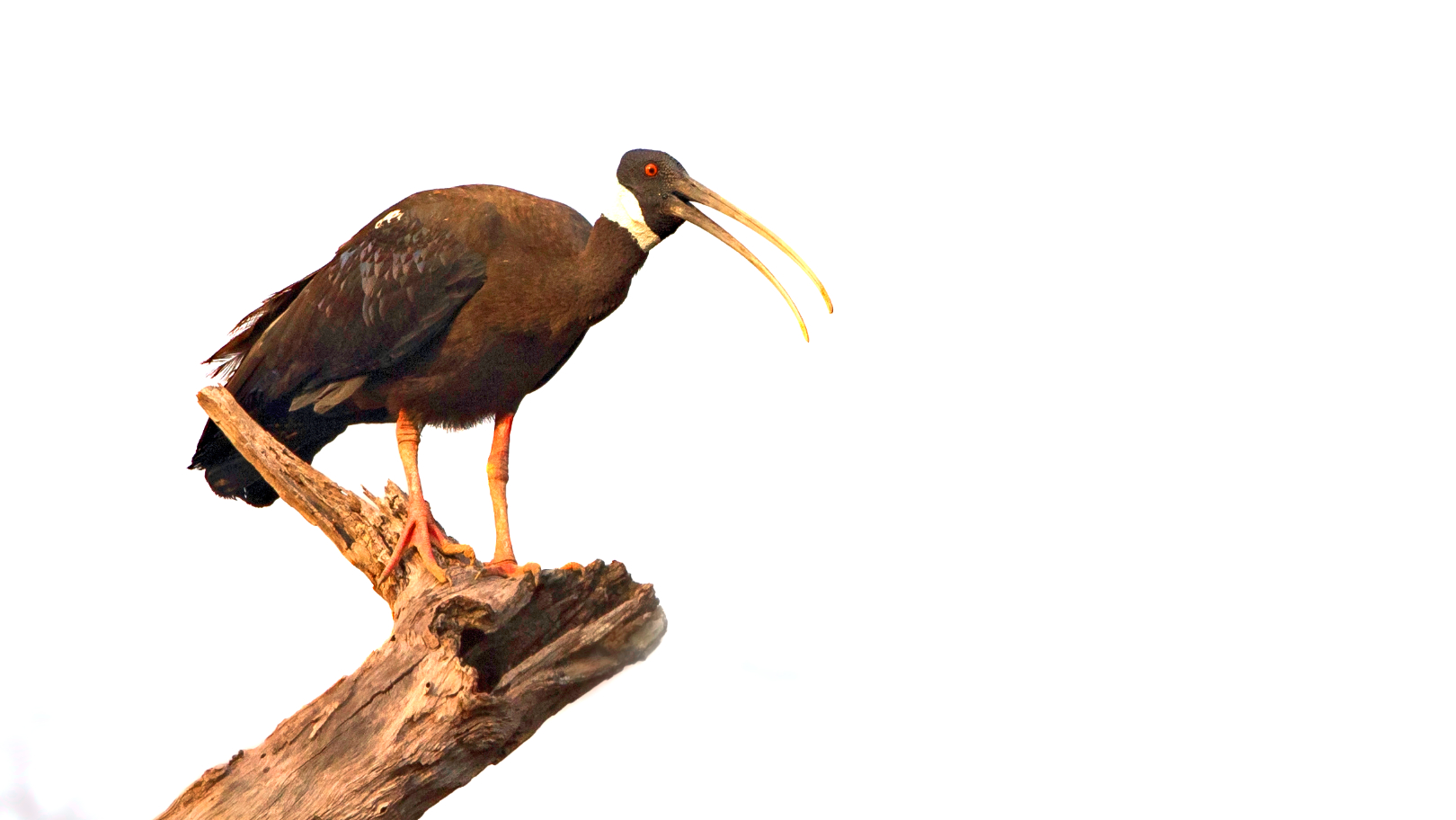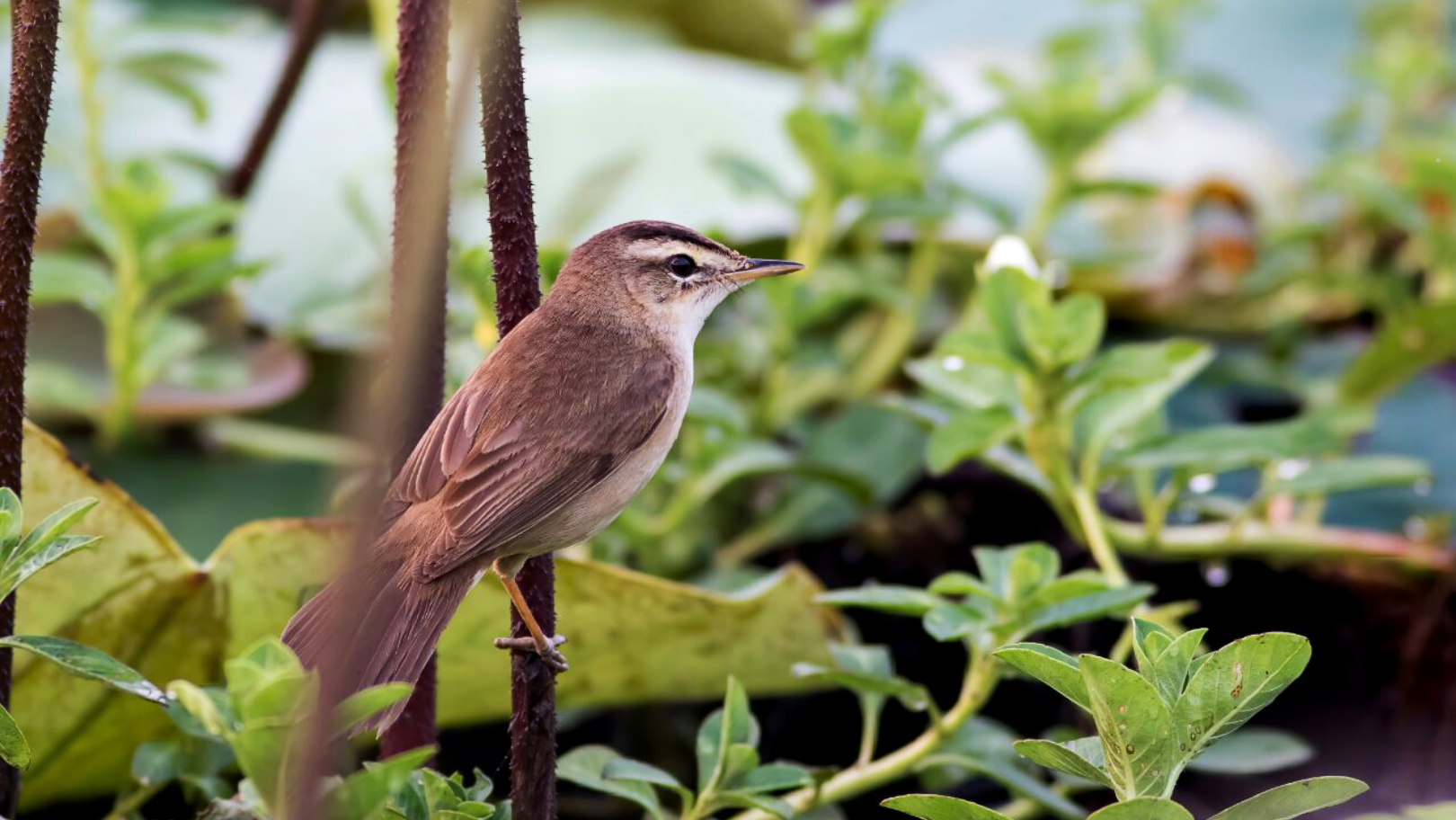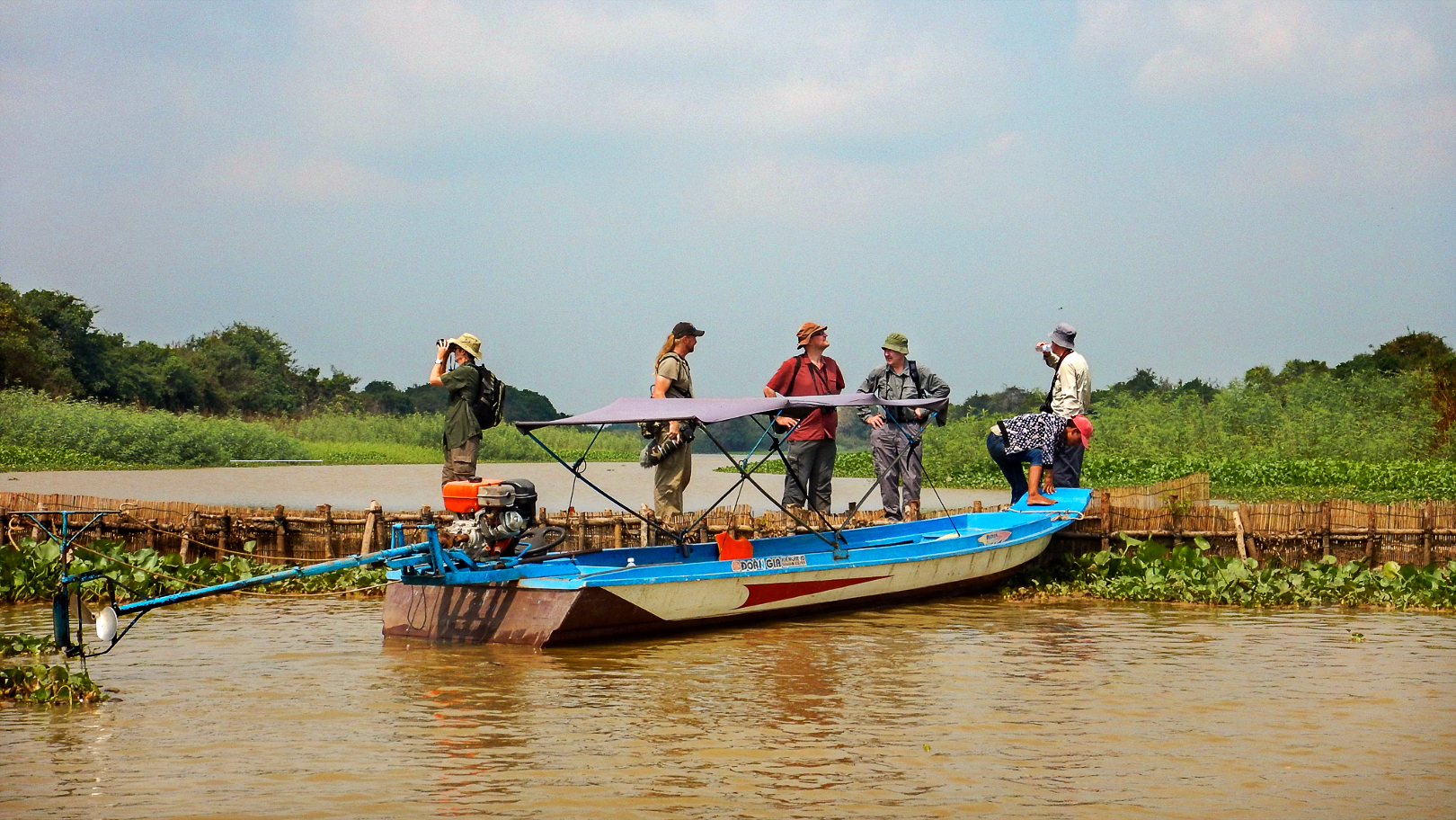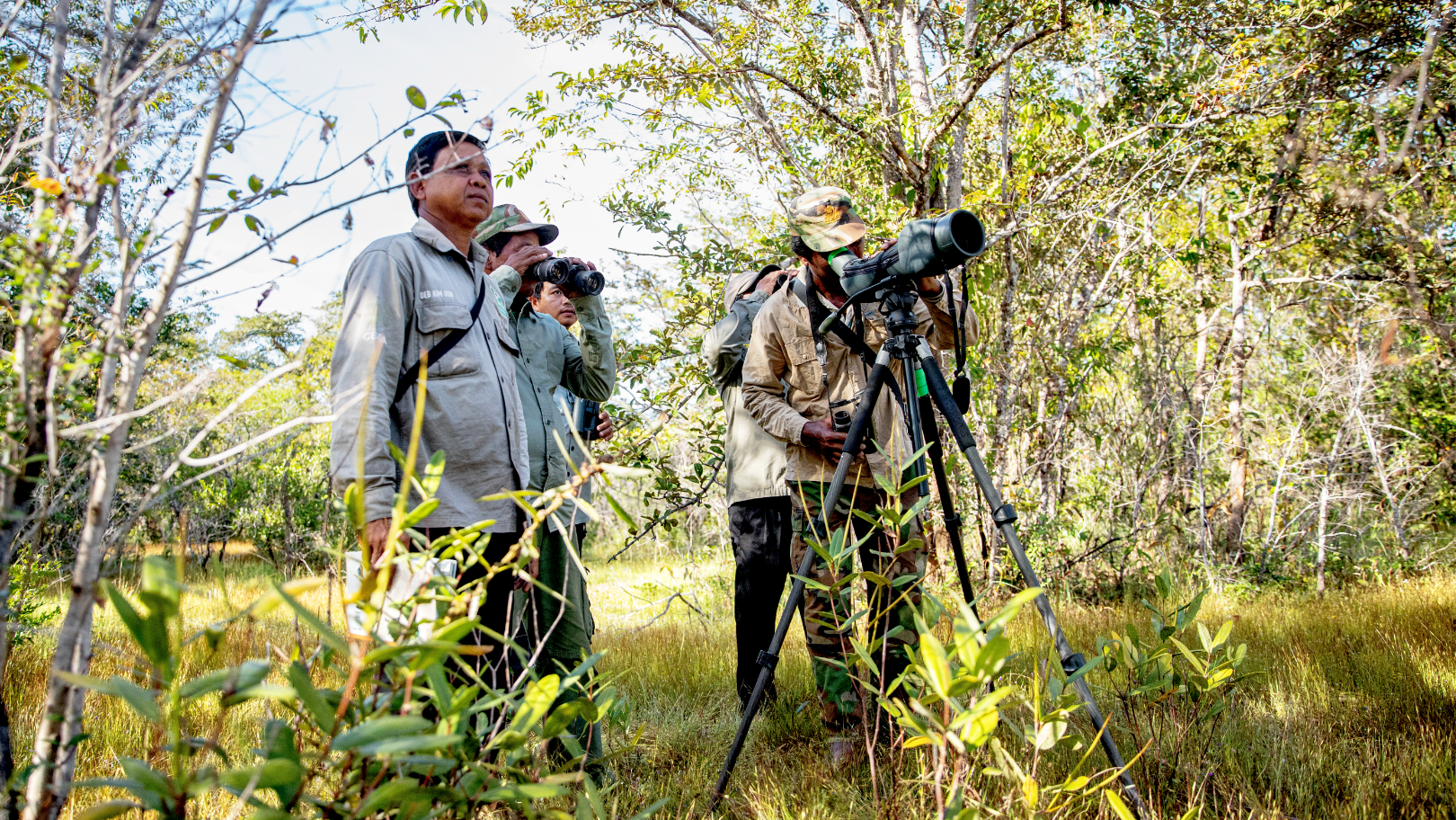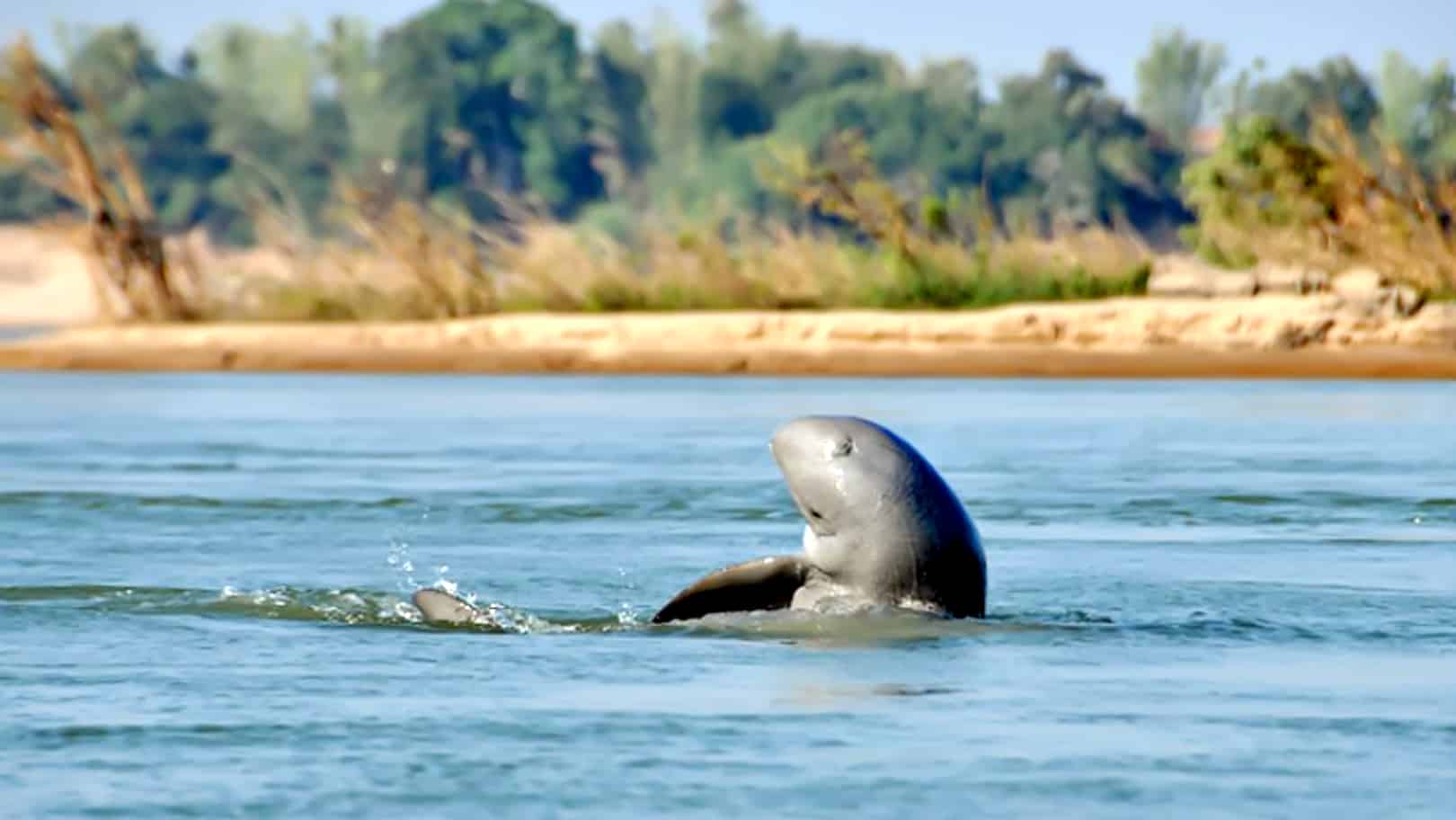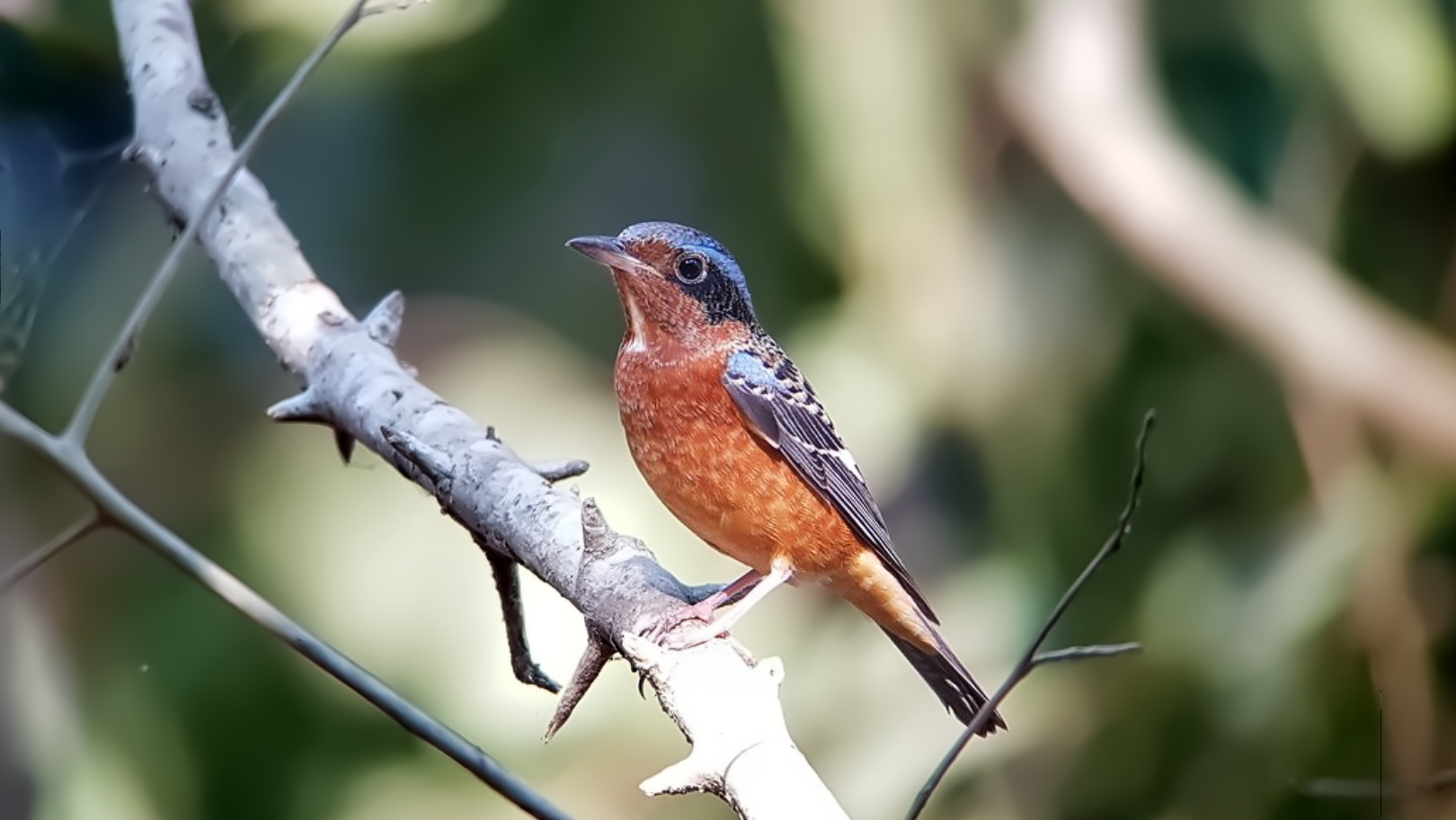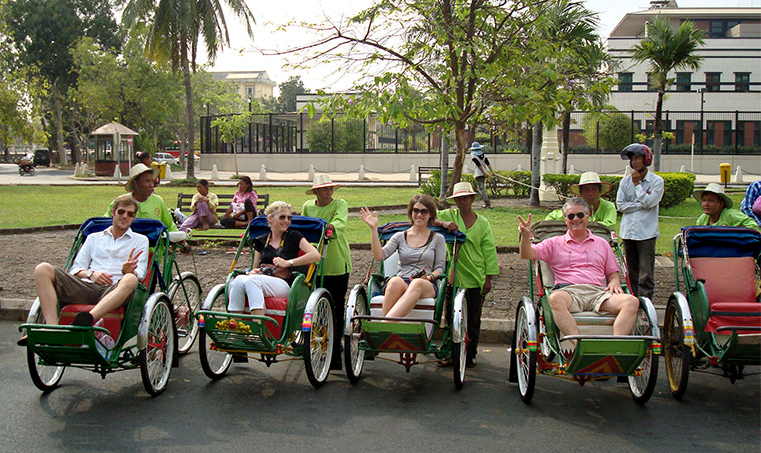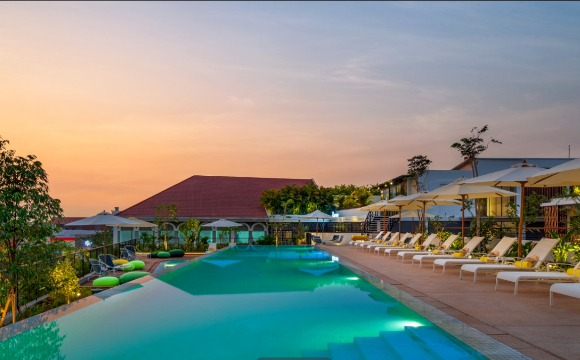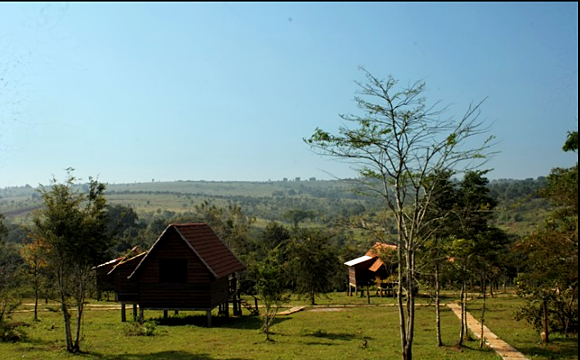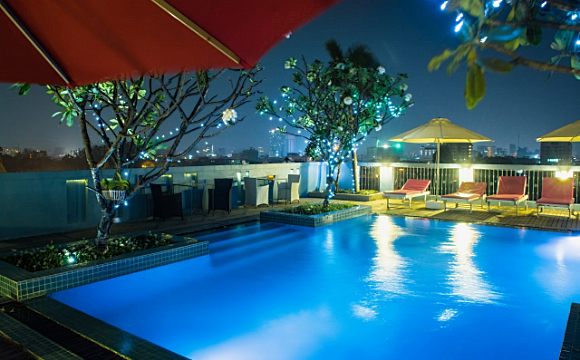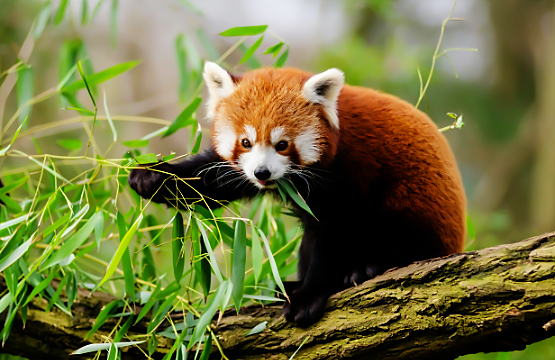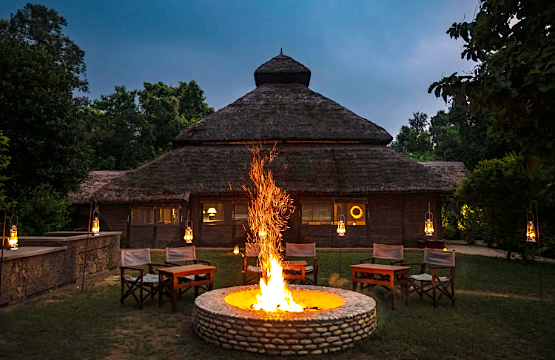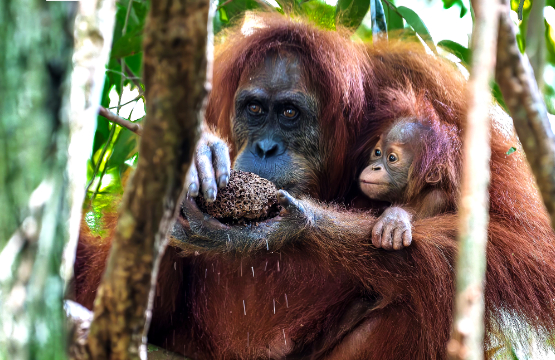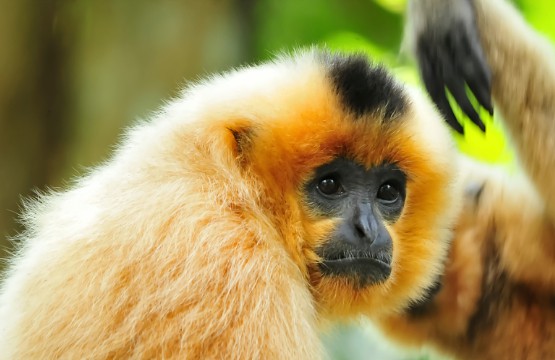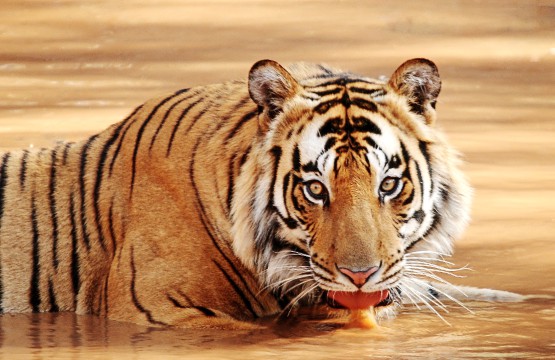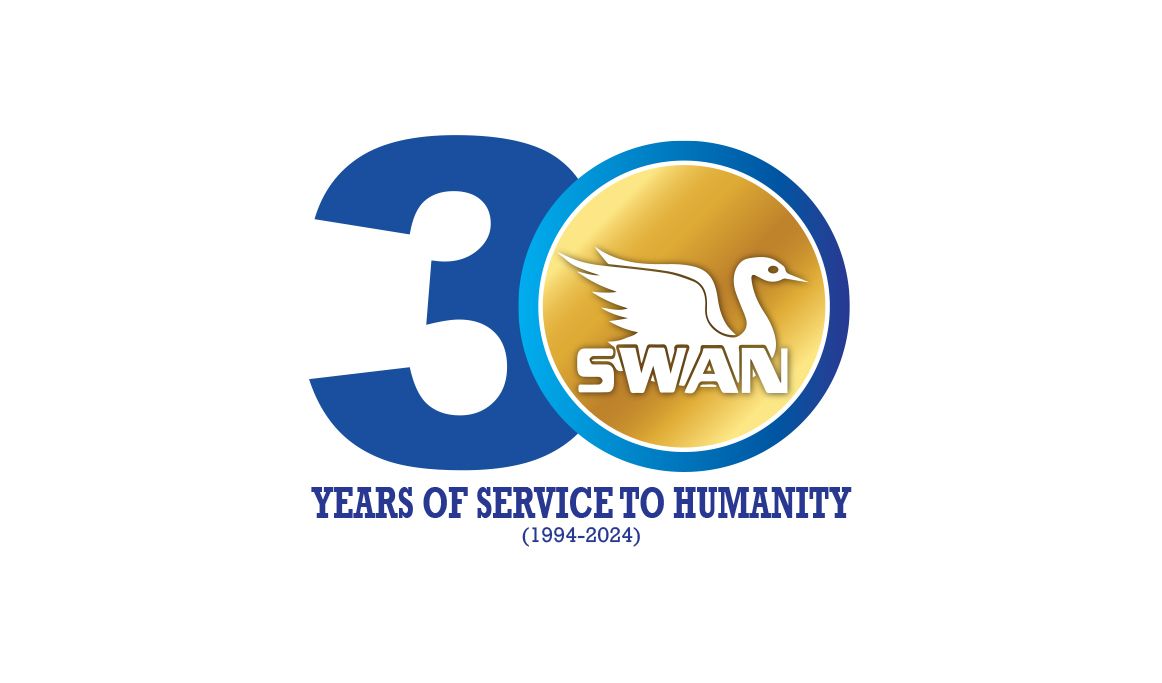Birding in Cambodia : Explore Rare Birds, Wildlife & Angkor Temples New Trip
Cambodia’s history is marked with periods of peace and of great calamity. From its early cities to the introduction of Hinduism and Buddhism, the great kingdom of Angkor, colonialism, and the Khmer Rouge. These days Cambodia is an open, safe and very friendly country that is easily accessible to the... More
Cambodia’s history is marked with periods of peace and of great calamity. From its early cities to the introduction of Hinduism and Buddhism, the great kingdom of Angkor, colonialism, and the Khmer Rouge. These days Cambodia is an open, safe and very friendly country that is easily accessible to the outside world, with its turbulent and tragic revolutionary period already decades in the past. This little-known and seldom-visited country, characterised by ancient temples, mighty rivers and remote forests, plays host to some avian delights which are nowhere else found so easily. Ancient Cambodians lived, very much as many of them still do today, in houses on stilts, existing on a diet of fish and rice.
In the recent time, Cambodia boasts one of the world’s great “bucket list” destinations, the extraordinary temple complex of Angkor Wat. Yet some isolated pockets of forest may offer some of the best opportunities for wildlife spotting in South East Asia. It is home to about 16 globally endangered species and 2 critically endangered species. The forests here support a number of rare and endangered species, including the tiger, Asian elephant, sun bear, gibbon, clouded leopard, dholes, wild water buffalo and the gaur. It is estimated that over 450 bird species live in the canopy. The rivers provide habitat to the Irrawaddy dolphin and humpback dolphin, as well as the rare Siamese crocodile, and at least 34 amphibian species, 3 of which are newly discovered.
While exploring the most ‘wild’ and biodiverse region in all of Cambodia there is possibilities spotting numerous exciting birds, such as rare Milky Stork which is fast-vanishing species!, Greater Adjutant Stork, the near-endemic Giant and White-shouldered Ibises, the rare White-winged Duck, White-rumped Falcon, the near-endemic Chestnut-headed Partridge, the endemic the increasingly rare and hard-to-see Bengal Florican, Pale-capped Pigeon, Spotted Wood Owl, Banded Kingfisher, Black-headed and Pale-headed Woodpeckers, Blue Pitta, the near-endemic Mekong Wagtail, the rare endemic Bare-faced Bulbul, the endemic Cambodian Tailorbird, the rare Manchurian (or White-browed) Reed Warbler, the now very range-restricted Chinese Grassbird, Jerdon’s Bush Chat and more. A mammal highlight will be Black-shanked Douc Langur in Keo Seima Wildlife Sanctuary along with Northern Pig-tailed and Long-tailed Macaque and Yellow-cheeked Crested Gibbon. Seima is home to the largest population of Black-Shanked Douc Langur. A non-birding highlight will surely be a visit to the wonder of the world “the amazing temples of Angkor Wat”!
In this tour we see some of the world’s rarest birds and mammals and also have the opportunity to visit some of the greatest surviving architectural monuments in Asia—the temples of the ancient city of Angkor. They represent the heart and soul of Cambodia, harking back to an era of unrivaled influence when the Khmer Empire ruled over south China, Vietnam, Thailand, Burma, and Malaysia. Built at the height of the Khmer civilization, from the eighth to the twelfth centuries. The Angkor complex is known for its extraordinary artistry, and we’ll allow ample time to explore and reflect on these architectural masterpieces, many of which have excellent birding on-site.
LessGiving back to the communities is our responsibility!
With every trip, you also support the SWAN and thus projects for Sustainable Community development and Biodiversity protection.
Our primary NGO partner is Social Welfare Association of Nepal (SWAN), with whom we have carried out multiple CSR (Corporate Social Responsibility) projects. Besides carrying out regular CSR activities in the areas of education and women empowerment, we have supported relief and rehabilitation initiatives in the aftermath of several natural disasters like earthquake, immediate response to COVID-19 pandemic across Nepal.
Giving something back to the world is a special and responsible affair of travel-to-nature Asia right from its inception. When you travel with travel-to-nature Asia and SWAN-Nepal, you become an integral force for change in addressing the most pressing social and wildlife conservation issues. Your tourism funds help transform the future of under-privileged and marginalized communities and transform the future of at-risk natural places you travel. Portion of our profit flows to local communities who live with and steward nature, creating jobs and improving livelihoods.
By joining one of our holidays you are playing a vital role in bringing positive changes in the lives of local community.
